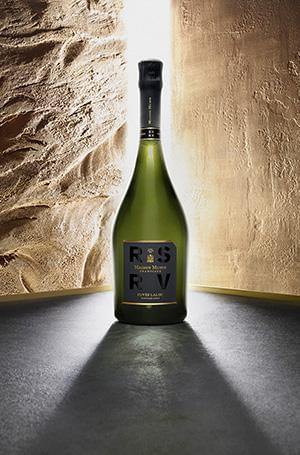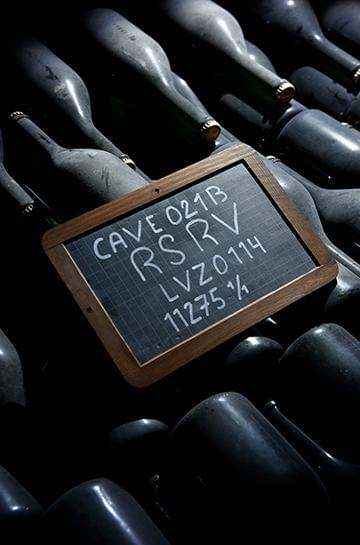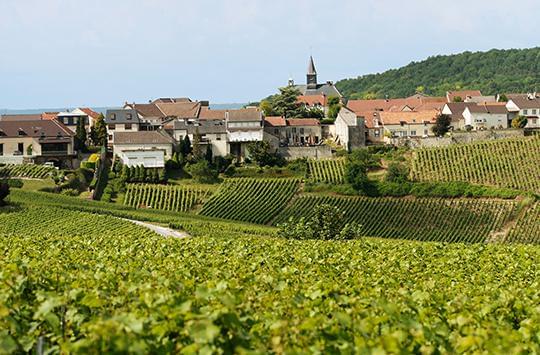MAISON MUMM’S
UNIVERSE
Let yourself be inspired, from delicious ideas for a special occasion to learning more about champagne.
Of the 12 specific plots in the Maison Mumm vineyard, equally distributed between Pinot Noir from the Montagne de Reims and Chardonnay from the Côte des Blancs, seven were selected for the unique blend of RSRV Lalou 2006 (Les Bionnes, Les Crupots, Les Briquettes, Les Perthes, Hannepés, Les Rochers, Les Houles). These seven Grand Cru wines were previously pressed separately, then vinified one by one. In line with Maison Mumm’s uncompromising standards, a 10-year aging period and a dosage of 6 grams per liter fully reveal their complex and elegant aromas.
Pure gold.
An elegant mineral departure, opening out into sweet pastry notes. Aromas of candied lemon and pear marmalade, complemented by gourmet notes of vanilla, with hints of toast and brioche.
A rounded, powerful attack. As the wine develops, it demonstrates great length on the palate, combining fullness and freshness.

A legendary cuvée which expresses the very best of the Maison Mumm terroir in a masterful balance between finesse and gourmet notes.
Reserved for a circle of insiders since 1838, Maison Mumm’s exceptional champagnes epitomize the excellence of its terroir and savoir-faire. True to this heritage, RSRV represents the only collection of five 100% Grand Cru cuvées.
RSRV Lalou is an exceptional wine which pays tribute to the philosophy of René Lalou. It is founded on a complex and virtuoso blend of Maison Mumm’s finest Grand Cru plots – 12 parcels which are the most prestigious in the Mumm vineyard. These plots are also the oldest and best located, presenting the most distinctive character among the House’s Grand Cru vines.

A legendary cuvée which expresses the very best of the Maison Mumm terroir in a masterful balance between finesse and gourmet notes.


Let yourself be inspired, from delicious ideas for a special occasion to learning more about champagne.



Worthy of a great vintage, 2006 was a year of contrasts. A relatively cold winter was followed by a warm spring, with temperatures rising to high levels in July. August, however, witnessed cool temperatures and record rainfall, which could have damaged the fruit.
Fortunately, this proved not to be the case, as warm, dry weather in September resulted in a fine-quality harvest. A combination of sun and wind created ideal conditions for ripeness.